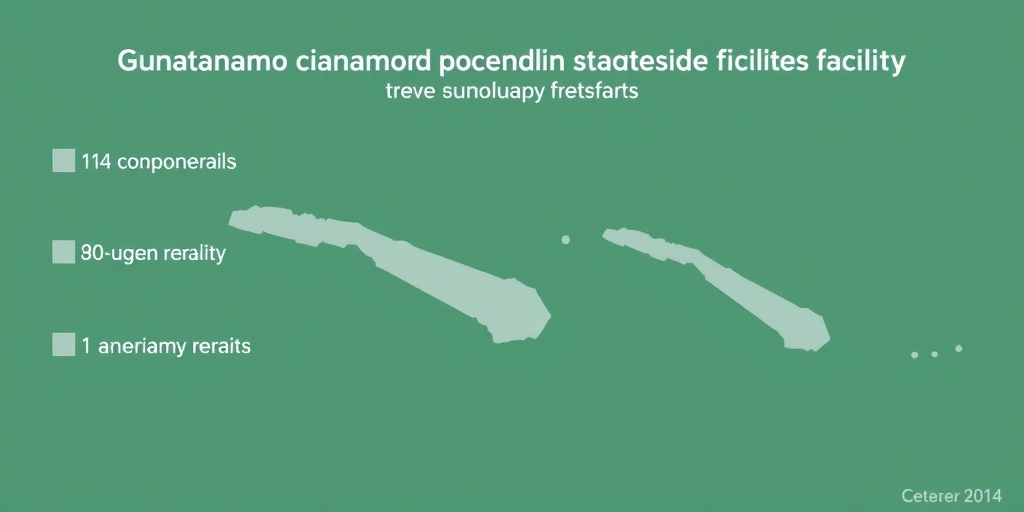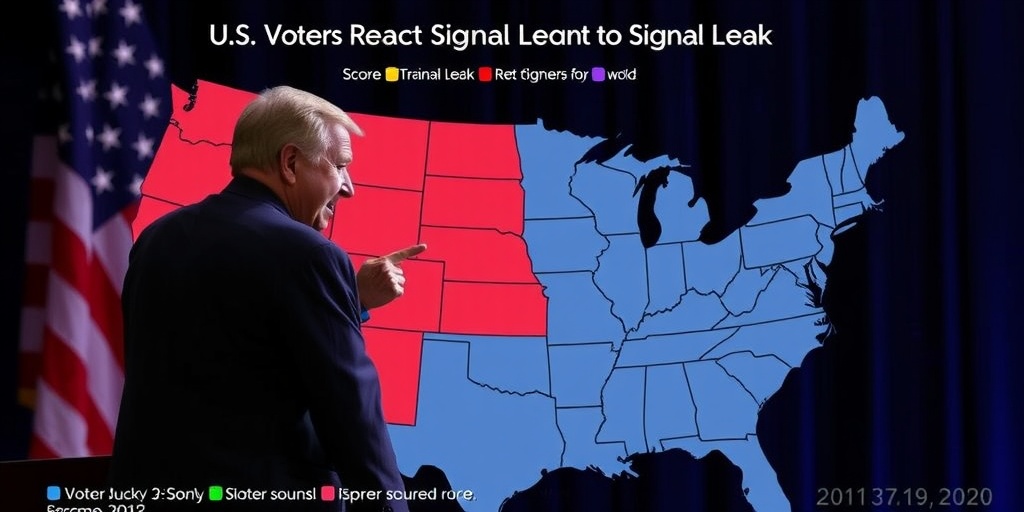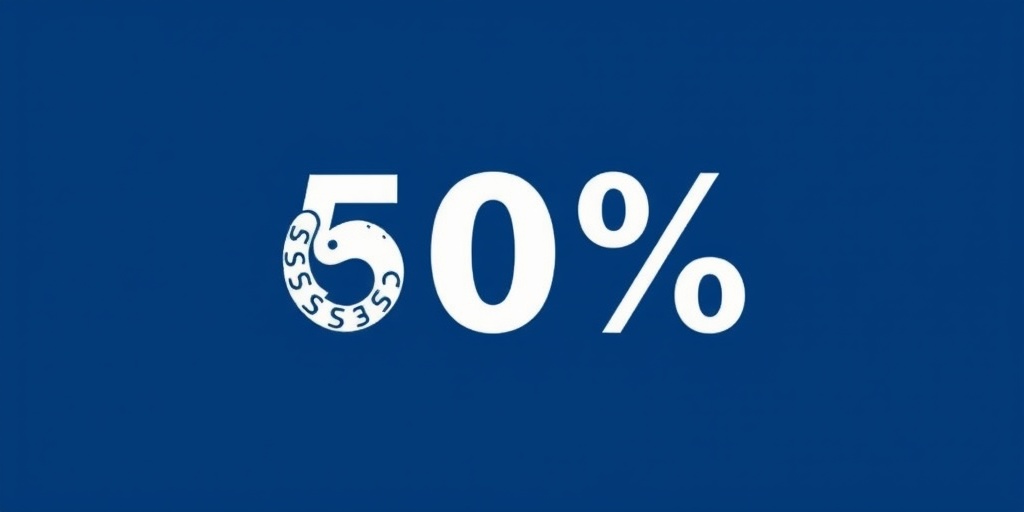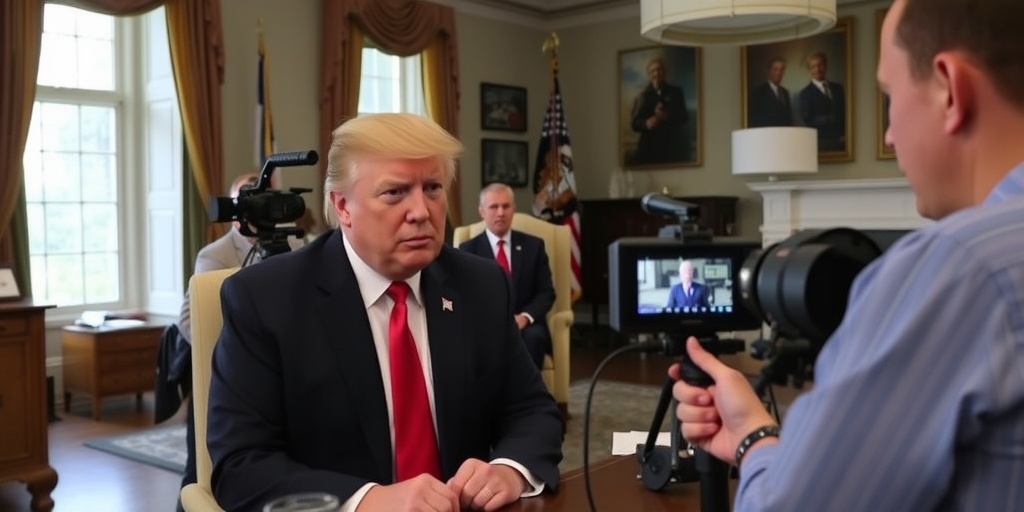Now Reading: ICE Transfers All Guantánamo Migrants to Stateside Facilities
-
01
ICE Transfers All Guantánamo Migrants to Stateside Facilities
ICE Transfers All Guantánamo Migrants to Stateside Facilities

Title: Trump Administration Repatriates Migrants from Guantánamo Bay Amid Legal Challenges
In a significant move, the Trump administration has swiftly returned a group of 40 migrants it had transported to the military base at Guantánamo Bay, Cuba, just weeks prior. This second repatriation follows the administration’s earlier decision to relocate another batch of migrants under similar circumstances. Official sources confirmed the return, but no details have been disclosed on whether the detainees have been transferred to Immigration and Customs Enforcement (ICE) facilities in Louisiana or the reasons behind these rapid changes.
This latest shift comes at a crucial time, as a Federal District Court judge in Washington is set to deliberate on a legal challenge questioning the administration’s policy regarding the treatment of migrants. The move is notable not only because of the number of individuals involved but also due to the considerable cost and effort required to transport them to Guantánamo and back.
Earlier this year, the administration took a similar action when it emptied two detention sites accommodating 177 Venezuelan migrants who had been airlifted from the United States. In that instance, the migrants were repatriated to their home country, while this recent operation saw the 40 men flown to an airport in Alexandria, Louisiana, raising questions about the rationale behind the administration’s approach.
The airport in central Louisiana is increasingly becoming a focal point for immigration detention activities. Following the initial relocation of 48 migrants from Guantánamo on March 2, the scope of operations has broadened, with nearly 100 migrants reportedly sent to the facility. This includes the case of Mahmoud Khalil, a prominent pro-Palestinian activist, who was apprehended in New York and is currently facing deportation as a result of his involvement in anti-Israel protests at Columbia University. His situation has garnered attention, particularly because he is a permanent legal resident and his deportation raises significant free-speech issues.
The impetus for these transfers appears to align with the Trump administration’s broader strategy aimed at carrying out mass deportations. Shortly after taking office, President Trump ordered the Department of Defense and the Department of Homeland Security to prepare for the possibility of detaining migrants at Guantánamo Bay. Since that directive, reports indicate that a total of 290 migrants from 27 different countries have been held at the base.
The administration posits that Guantánamo serves as an appropriate detention center for individuals deemed dangerous, such as those depicted as being affiliated with Tren de Aragua, a gang designated a foreign terrorist organization. However, officials have yet to present compelling evidence linking the Venezuelans recently held at the facility to this criminal group, as most have not been reported to have criminal records in the United States.
Despite these assertions, the administration has provided limited justification for its decisions to temporarily detain migrants at Guantánamo, particularly those not accused of gang affiliation. As of a recent court filing, 17 migrants remain in a medium-security facility, while 23 others are held in Camp Six.
Additional revelations about the treatment of detainees surfaced through a declaration from Lt. Col. Robert Green, the Army officer overseeing detainee management at Camp Six. The report described inhumane procedures that ICE staff observe, including strip searches on newly admitted migrants labeled as “high-threat illegal aliens.” It was also disclosed that on one occasion, staff had to restrain six migrants who had exhibited self-harm tendencies—an alarming indication of the distress faced by those detained.
The financial implications of this operation have not gone unnoticed, with reports estimating costs to be approximately $16 million. The endeavor employs around 1,000 security personnel and civilian contractors, an increase from earlier staffing levels.
Opposition to this policy has grown among civil liberties and immigrant rights advocates, with lawsuits filed challenging the legality of detaining migrants at Guantánamo. One lawsuit seeks to ensure that detainees have access to legal representation, while another contests the legality of transferring migrants from U.S. soil to the Cuban base, asserting that such actions lack legal ground.
Both lawsuits are under the consideration of Judge Carl J. Nichols, a Trump appointee, who is expected to hear arguments on the matter soon. The Justice Department has asserted that the operation is within the bounds of the Immigration and Naturalization Act, claiming that it allows for the detention of individuals in a government facility, which they argue includes Guantánamo.
However, legal experts have raised concerns regarding the validity of this interpretation, arguing that the Act does not authorize the transfer of individuals to a foreign country without its consent or permit detention outside U.S. territorial limits.
As the legal battles continue, more details regarding detention conditions and the operational protocols at Guantánamo are likely to emerge, possibly influencing public perception and the administration’s policies moving forward.
Stay Informed With the Latest & Most Important News
Previous Post
Next Post
-
 01New technology breakthrough has everyone talking right now
01New technology breakthrough has everyone talking right now -
 02Unbelievable life hack everyone needs to try today
02Unbelievable life hack everyone needs to try today -
 03Fascinating discovery found buried deep beneath the ocean
03Fascinating discovery found buried deep beneath the ocean -
 04Man invents genius device that solves everyday problems
04Man invents genius device that solves everyday problems -
 05Shocking discovery that changes what we know forever
05Shocking discovery that changes what we know forever -
 06Internet goes wild over celebrity’s unexpected fashion choice
06Internet goes wild over celebrity’s unexpected fashion choice -
 07Rare animal sighting stuns scientists and wildlife lovers
07Rare animal sighting stuns scientists and wildlife lovers





















